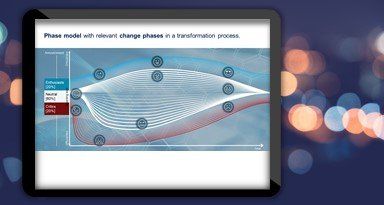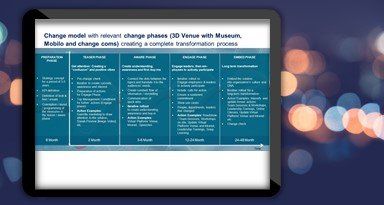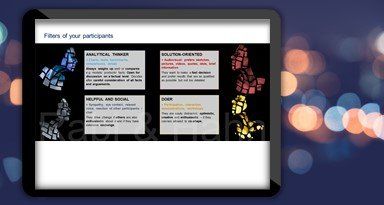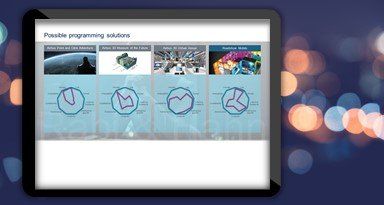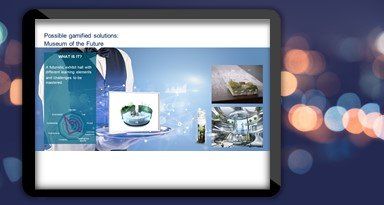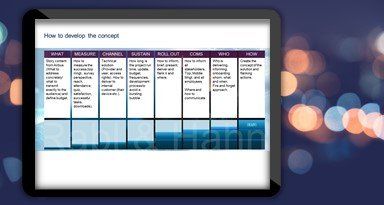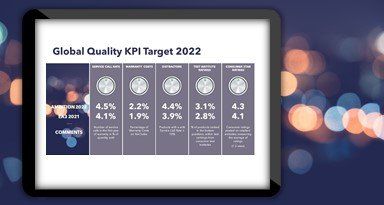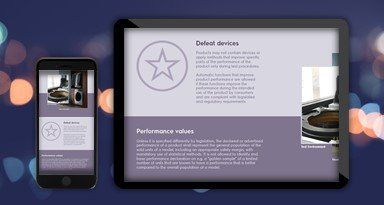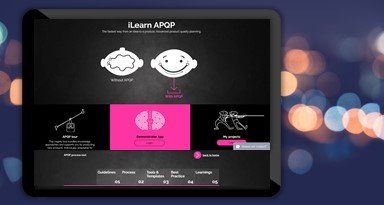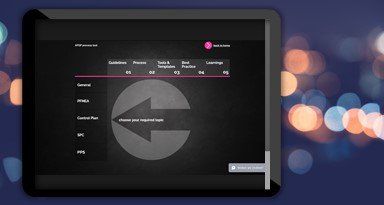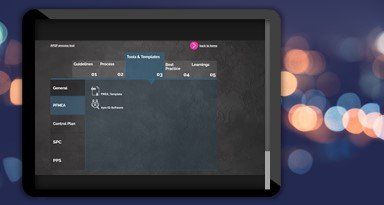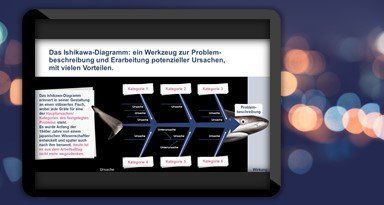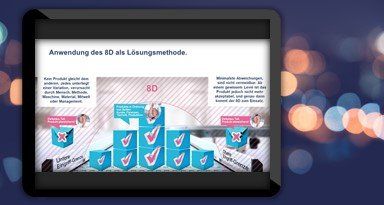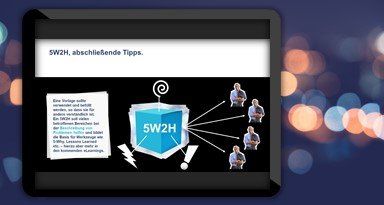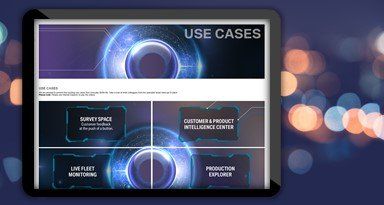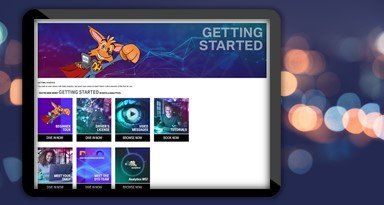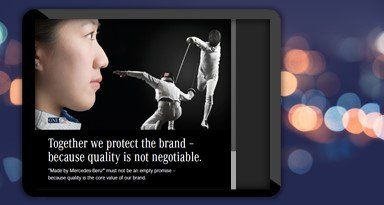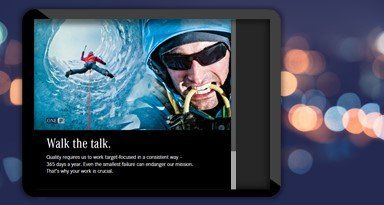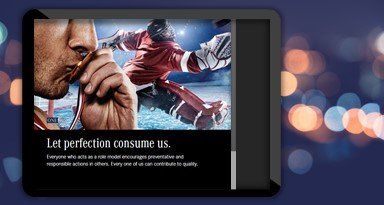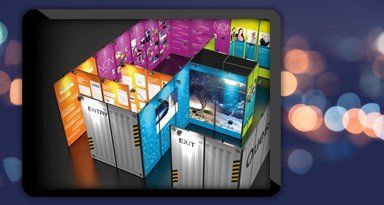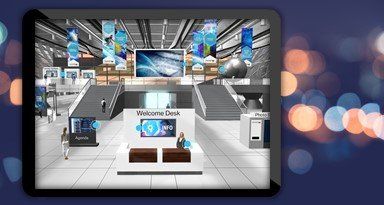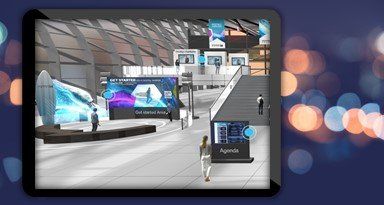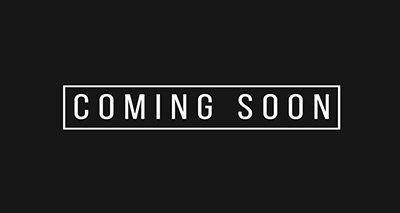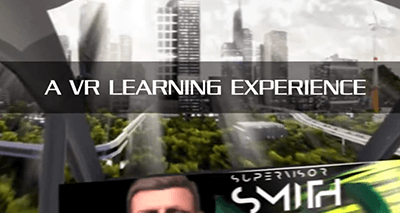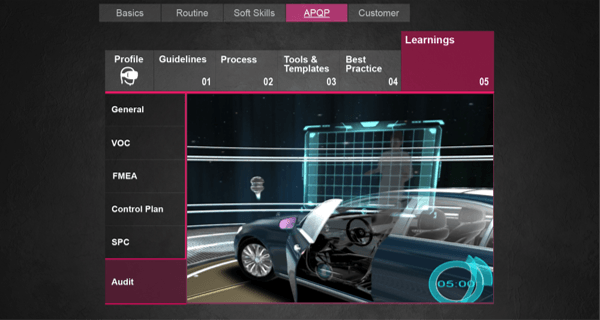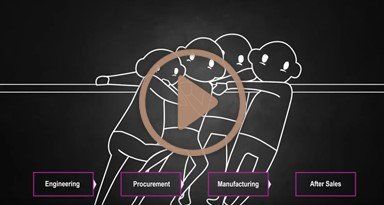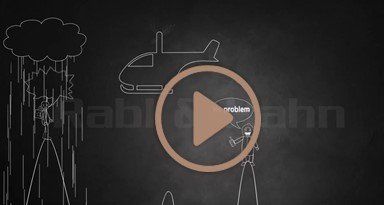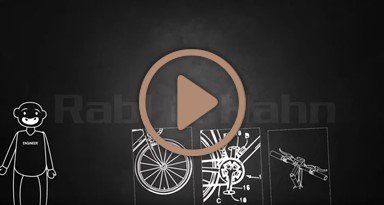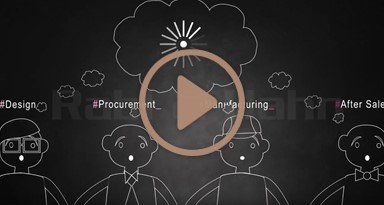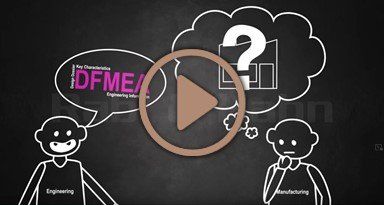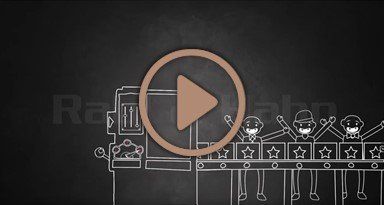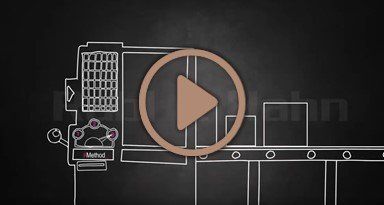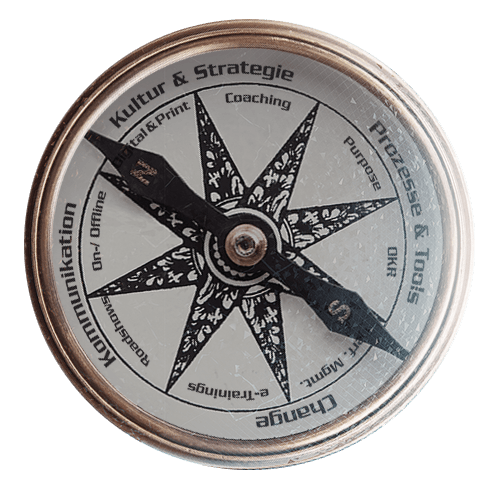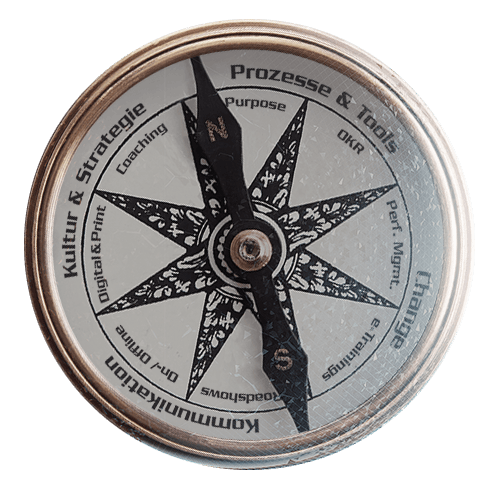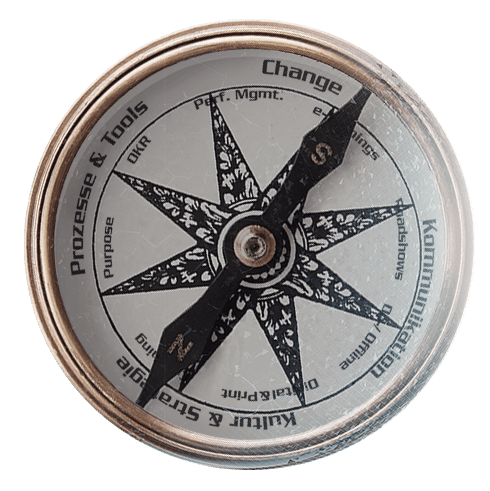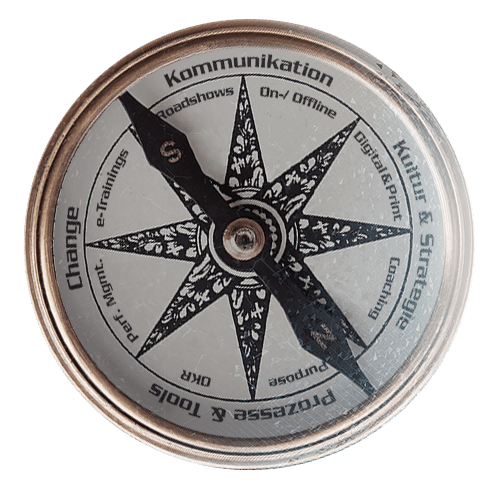Optimizing processes in times of digitalization
Since our expertise in the area of processes and tools is so extensive, we would like to explain it by using the topic of "quality management", which affects every company. Some of the application examples can be transferred to other company processes. Contact us if you have any questions!
Proactive quality work is the be-all and end-all for all companies.
Whether in consumer electronics or in the automotive industry - there are always quality defects up to product recalls that are grudgingly accepted by customers. In stark contrast to aviation: "Right-First-Time-Manufacturing" applies here.
Because customers do not have the option - in the event of a technical problem – to simply drive onto the hard shoulder and then contact service.
Every industry and every company needs individually tailored solutions in order to achieve its goals. We have been supporting corporations in this area for more than a decade.
Unfortunately, we are not allowed to name some of our "babies" by name for data privacy reasons. Therefore, this page shows exemplary measures in quality management that have significantly shaped the success of our customers.
TESTIMONIALS ABOUT RABL & HAHN
Optimize processes –
challenge
Internationalization, increasing complexity, cost pressure and imaginative competition constantly pose new challenges for companies.
In the automotive industry, for example, manufacturers are struggling with ever shorter development cycles, increasing quality problems and a far-reaching transformation process as well as the design of the interface between OEM and tier 1 suppliers.
Even in other industries which are not changing so quickly, many companies still lack robust and uniform quality processes. In addition, there is a lack of practical tools and methods that anyone can use – even in a hectic day-to-day work and regardless of the hierarchy level.
On top of that, there is largely a lack of quality awareness in middle and top management. The message "quality management as a competitive advantage" has not yet been consistently received and understood.
Optimize processes –
Goal
The common denominator of our customers: Anchoring quality as a guiding principle in the company DNA and getting as many managers and employees as possible to get excited about this "dry topic" and actively participating – across value chains.
For this it is essential to question existing processes in advance and to optimize these processes. Subsequently, the processes are prepared in a striking and understandable way for various channels and employees are sustainably empowered in the long term, if possible in the respective national language.
SOLUTION
For companies, a new quality culture means a rethinking at all levels:
For example, a culture in which mistakes are more and more openly addressed and things are questioned accordingly. A better understanding of the needs of the customers and an associated rethinking to also consider the internal colleague (to whom a product is handed over) as a customer.
If every employee assumes responsibility for quality in their area and is equipped with the relevant quality tools that can actually be used in practice, this culture lives across all areas of the company.
With the "non-quality" saved, it is also possible to save immense costs and secure the future of the company in the long term.
PROCESSES & TOOL: THE RECIPE FOR SUCCESSFUL QUALITY MANAGEMENT.
TOP MANAGEMENT COMMITMENT & LEADERSHIP
In order to be able to establish processes sustainably, a long-term top management commitment (also in case of change / fluctuation) is essential. The change must be carried from the top, actively lived and supported under all circumstances. Change begins and ends with management.
This is why a Leadership training makes sense, because tomorrow's leadership has new demands on the management level that are often not met today.
CHANGE / COMMUNICATION STRATEGY & ACTION PLAN
A holistic quality strategy takes the needs of all stakeholders into account. It is not only purely cost and profit-oriented, but includes important influencing factors such as different personality types. Because everyone "ticks" differently and expects a different approach. In order to actively involve as many people as possible in the change, it is important to put together the right mix of measures.
KPIs
Key performance indicators are the most effective method to measure the success of quality management.
The introduction and use of indicators such as Consumer Star Ratings, Service Call Rates or Net Promoter Score [NPS] provides information about the quality of products and indicates the need for improvement.
POLICY
A simple and understandable quality policy of a company is part of the strategy pyramid or woven into the purpose.
It provides a framework for the quality goals and includes the commitment to achieve the goals set.
TOOLS / PROCESS PREPARATION
Processes can be "fun". In order to really reach as many people as possible, it is important to prepare the consolidated processes in an appealing and "sexy" manner in various channels. This can for example be an exciting eLearning, an IT tool, an explanatory video, a striking PowerPoint presentation, a booklet, a virtual 3D experience or a key note, etc.
It is important that all personality types are addressed.
E-/ LEARNINGS / TRAININGS / WORKSHOPS
The introduction of tools alone is not enough. Employees must be actively empowered in the area of quality and, for example, know exactly which tool they are best to use and what specifically needs to be done.
The knowledge is for example conveyed in exciting key notes, trainings and workshops. In addition, numerous self-learning offers (PowerPoint, explanatory videos, etc.) support in daily work.
WORKING PLATFORM
A worldwide accessible, comprehensive information (multilingual) platform that is available 24/7. Here employees can find everything around the topic of quality: KPI cockpit, trainings / eLearnings, visual management, templates, links to tools, news, exchange with one another, LeLe sharing and much more. An iterative adaptation makes the platform lively and attractive.
INTERNAL COMMUNICATION
Employees want to be part of the change: Internal communication takes employees on the company's "quality journey" – it informs, inspires, trains, ensures transparency, strengthens the exchange and involves employees so they can see their share in the bigger picture.
EVENTS
Lighthouse events on the subject of quality – whether digital or physical – support the quality initiative and set the right "we" impulses.
The introduction of the new quality strategy for example can be celebrated company-wide as the dawn of a new era or a roadshow can support the roll-out in all locations and inform employees worldwide in a direct exchange. As part of a quality day, successes can be celebrated, knowledge shared, innovations announced and the importance of quality underlined. Those who rely purely on digital solutions for profound changes will at some point find that personal exchange falls behind.
PROCESSES & TOOL: ROADSHOW HIGHLIGHTS
AVIATION INDUSTRY
If you want to achieve real change, a roadshow is an effective tool to make the change tangible for employees: when you enter a world of experience, the transformation can already be experienced in real life.
Here is an example from the aviation industry: 4 continents, 12 months, 34 plants, 16,989 visitors, 39 locations and 1,278 hours of operation.
AUTOMOTIVE SECTOR
Rabl & Hahn shows how it is possible to sensitize, attract and train almost 30,000 employees sustainably for a topic in 6 months.
The feedback from the visitors was documented and the roadshow was continuously developed, as the content was designed to be adaptable.
The facts speak for themselves: 4 continents, 6 months, 13 plants, 28,651 visitors, 41 locations and 1,762 hours of operation.
Concept, content, organization, implementation, support and training of employees by Rabl & Hahn.
PROCESSES & TOOL: eLEARNING HIGHLIGHTS
eLEARNING PRODUCTION
Have you ever seen employees liking an eLearning so much that they spend their free time with it? Here is a short excerpt from an eLearning on the subject of health, safety and quality, which can even be embedded in the intranet via HTML.
In contrast to physical measures, Virtual Reality offers significantly more experience and is one thing above all: fun.
eLEARNING QUALITY
What can companies learn from social media? In the age of digital change, the intranet platforms of large corporations usually appear like dinosaurs. Yet each of us has gotten used to obtaining knowledge from such sources. The digital workplace, which takes the place of the classic intranet, is our answer to the changing world of work.
Sexy and clear, crisp content from simple to expert level. The success of the platform is tested on the user, because their acceptance is critical for the continuous development of the platform.
In the last year alone, we have reached over a million people in over 200 countries and built up competencies with digital online platforms. Here is another learning platform example from the production.
PROCESSES & TOOL: VIDEO HIGHLIGHTS (excerpts)
TEASER VIDEO FOR ROADSHOW
A roadshow makes changes tangible. On top, it directly reflects the mood barometer of the team and shows any resistance and concerns so that further activities / needs can be worked out quickly.
Here is an example of a teaser video for a worldwide roadshow that was realized in the respective national language.
TEASER VIDEO FOR DIGITAL EVENT
Change can be fun. With the right mix of measures, employees are informed, thrilled and trained.
They offer transparency, strengthen the exchange and involve employees so they can see their part in the bigger picture.
Here is an example of a teaser video for a virtual 3D world of experience, which not only ensured that knowledge was shared and the team was trained, but at the same time also inspired people.
PROCESSES & TOOL: EXPLANATORY VIDEOS ABOUT APQP
APQP: GENERAL
WHAT IS APQP?
What is APQP? Here you get a brief introduction of the APQP methodology, which defines activities and steps you should carry out before starting production of a product.
APQP: PHASE 1
VOICE OF CUSTOMER
Planning is half the battle. In order to better understand customer needs and the needs of the company, you must first record and analyze them.
APQP: PHASE 2
ENGINEERING
INFORMATION
Quality-critical elements are defined and the lessons learned are shared with all departments involved. The then archived information will also help you with future designs.
APQP: PHASE 2.1
D-FMEA/
P-FMEA
FMEA, the "Failure Mode and Effects Analysis" has been around for a long time, but it is often not applied correctly. This tutorial explains FMEA in an understandable and simplified way.
APQP: PHASE 4
PRODUCT/ PROCESS VALIDATION
Phase 4 supports the implementation of a proper production. Tools such as early warning systems or visual management will help you with this.
APQP: PHASE 5
SPC
SPC (statistical process control) is an important tool in quality management. This tutorial will help you understand this element better.




